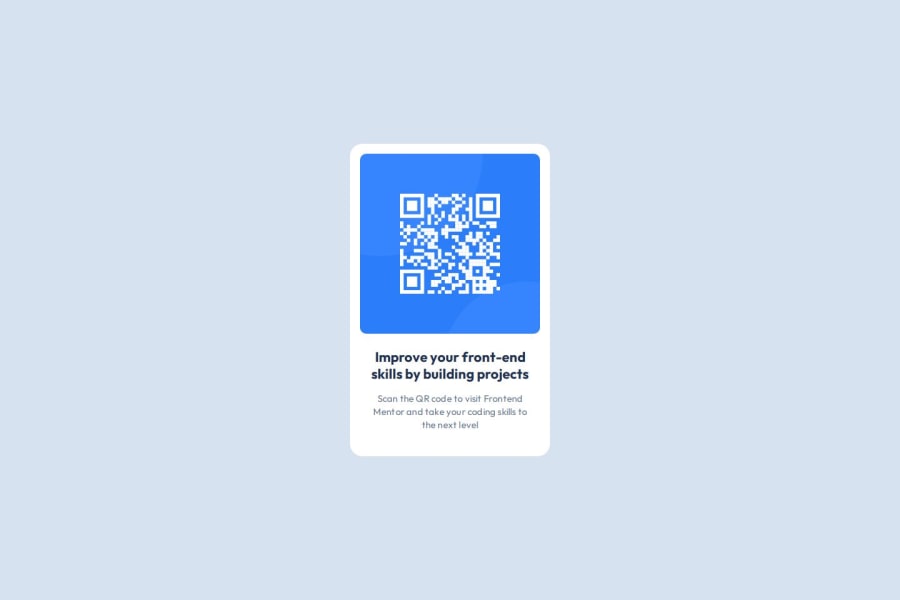
Design comparison
SolutionDesign
Solution retrospective
What are you most proud of, and what would you do differently next time?
Setting and understanding custom properties is what I am most proud of about this little project.
I struggled at first when translating the data from the figma design to code as I needed some time to familiarize myself with Figma.
What challenges did you encounter, and how did you overcome them?How to best structure the CSS style in one page.
What specific areas of your project would you like help with?I would like to know if the structure of the CSS style follow best practices. Although I do not know if it is relevant since it is really a small project.
Community feedback
Please log in to post a comment
Log in with GitHubJoin our Discord community
Join thousands of Frontend Mentor community members taking the challenges, sharing resources, helping each other, and chatting about all things front-end!
Join our Discord
